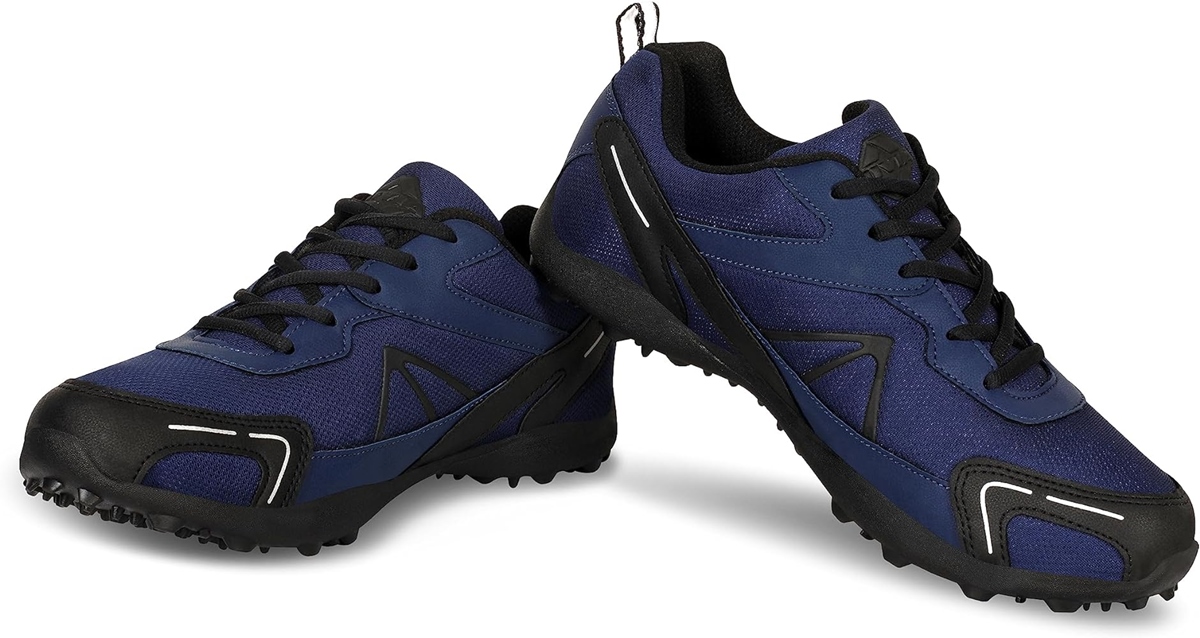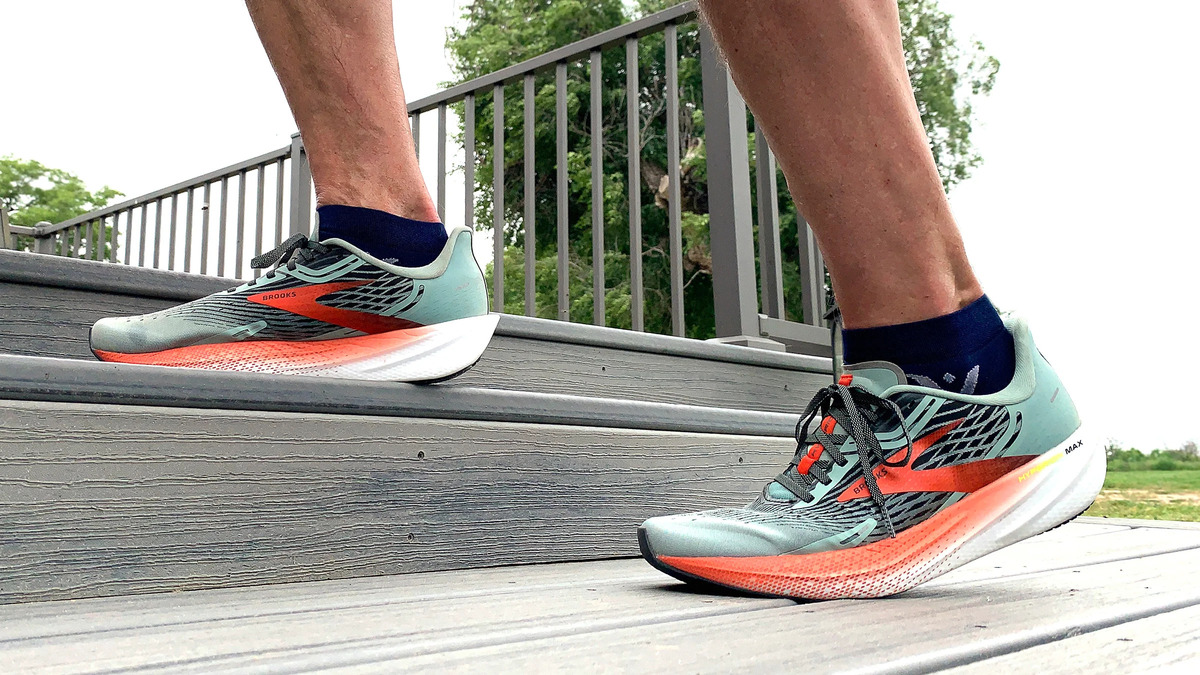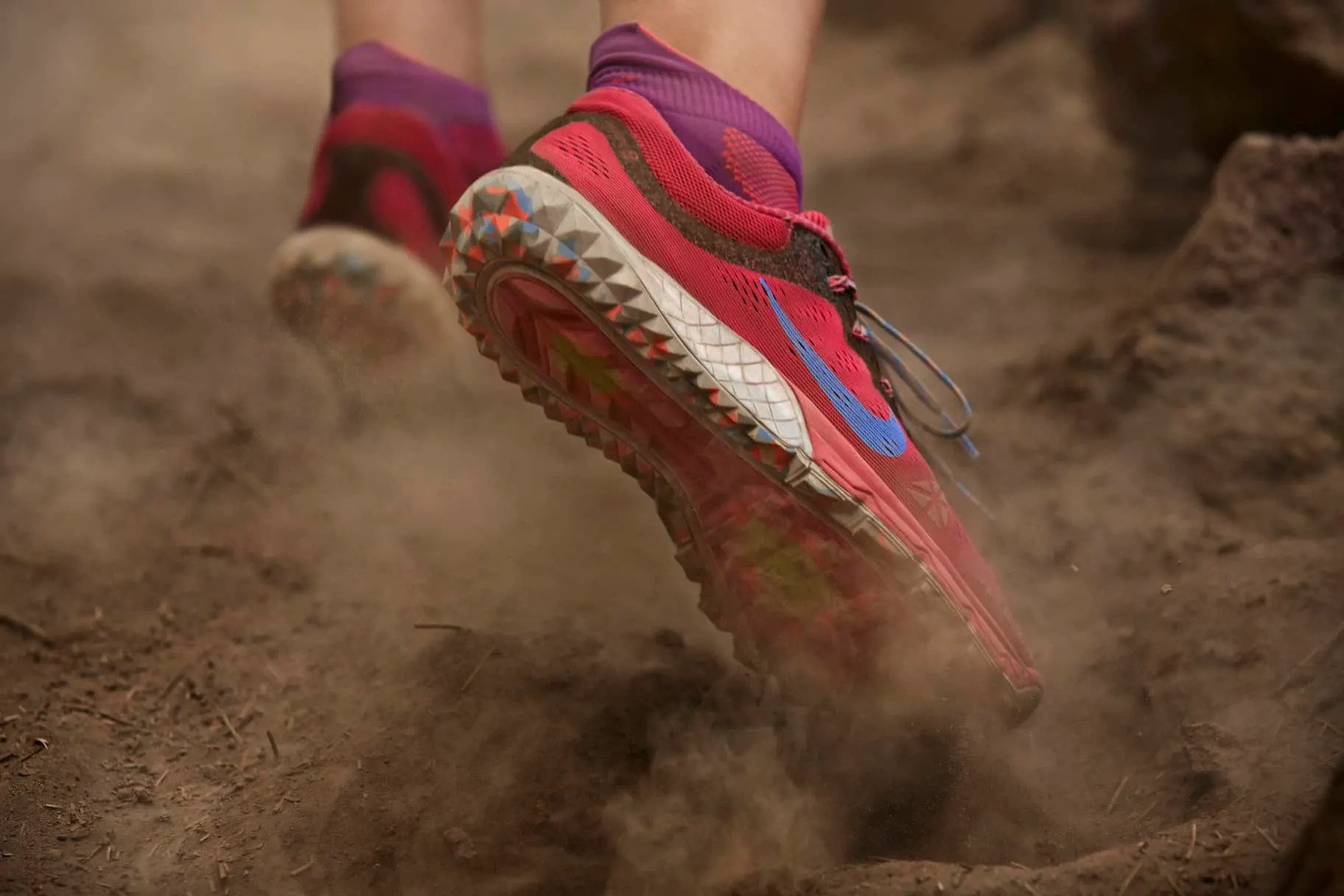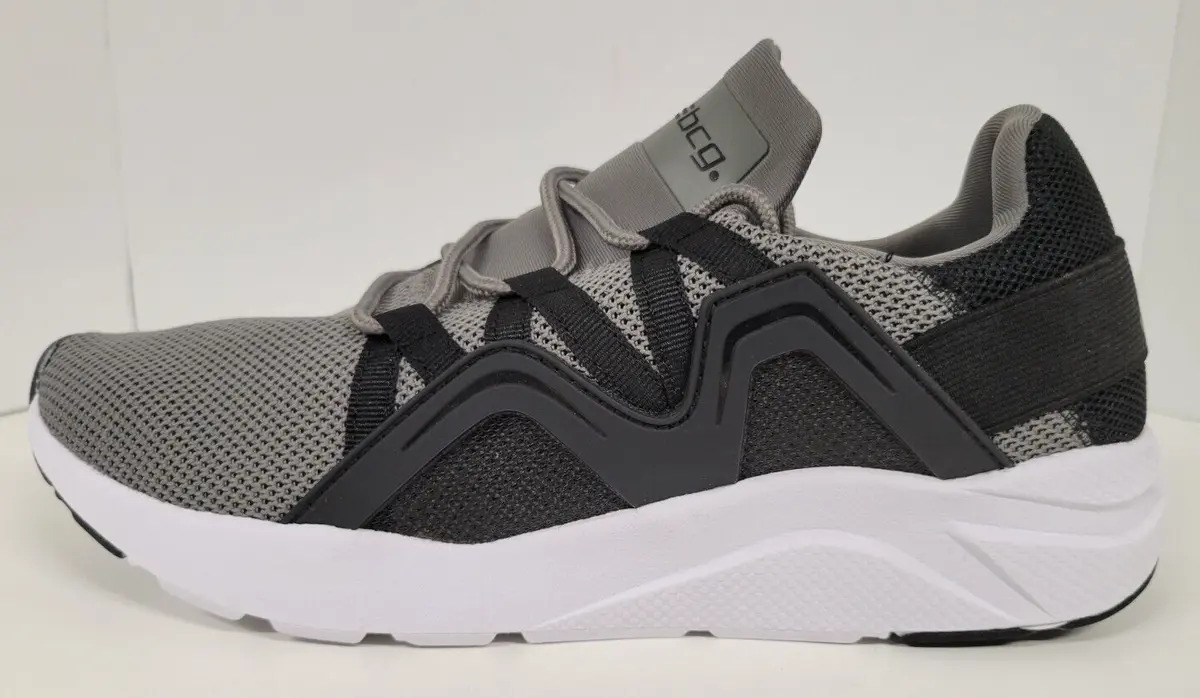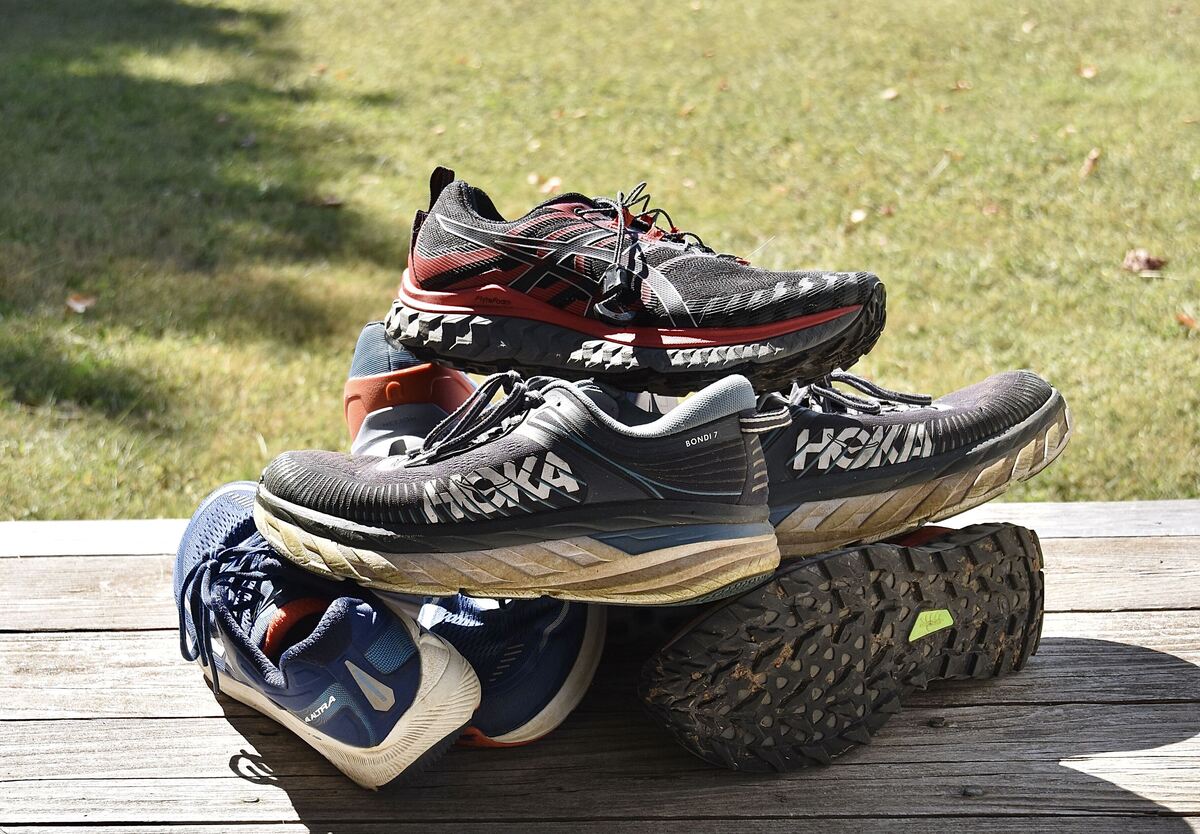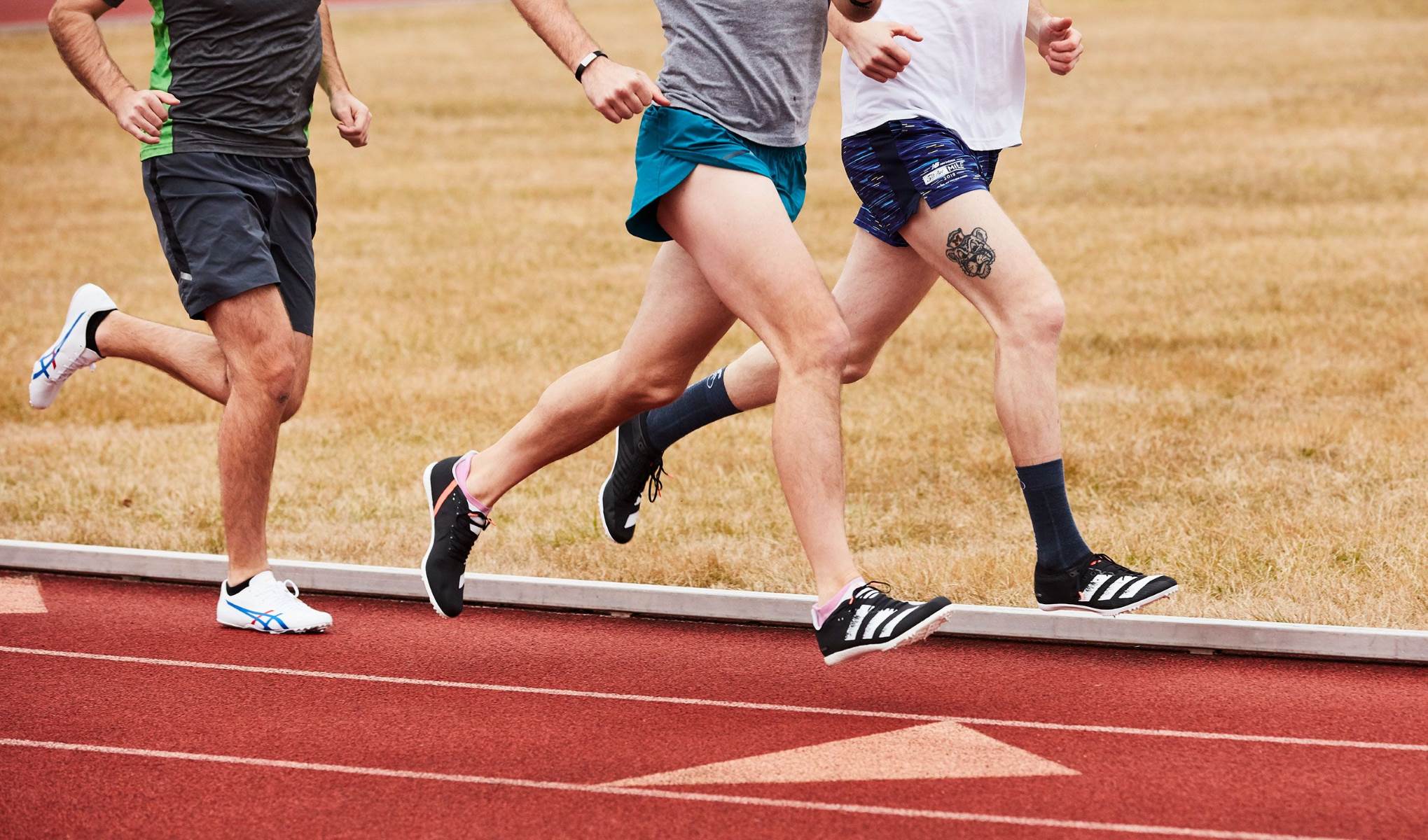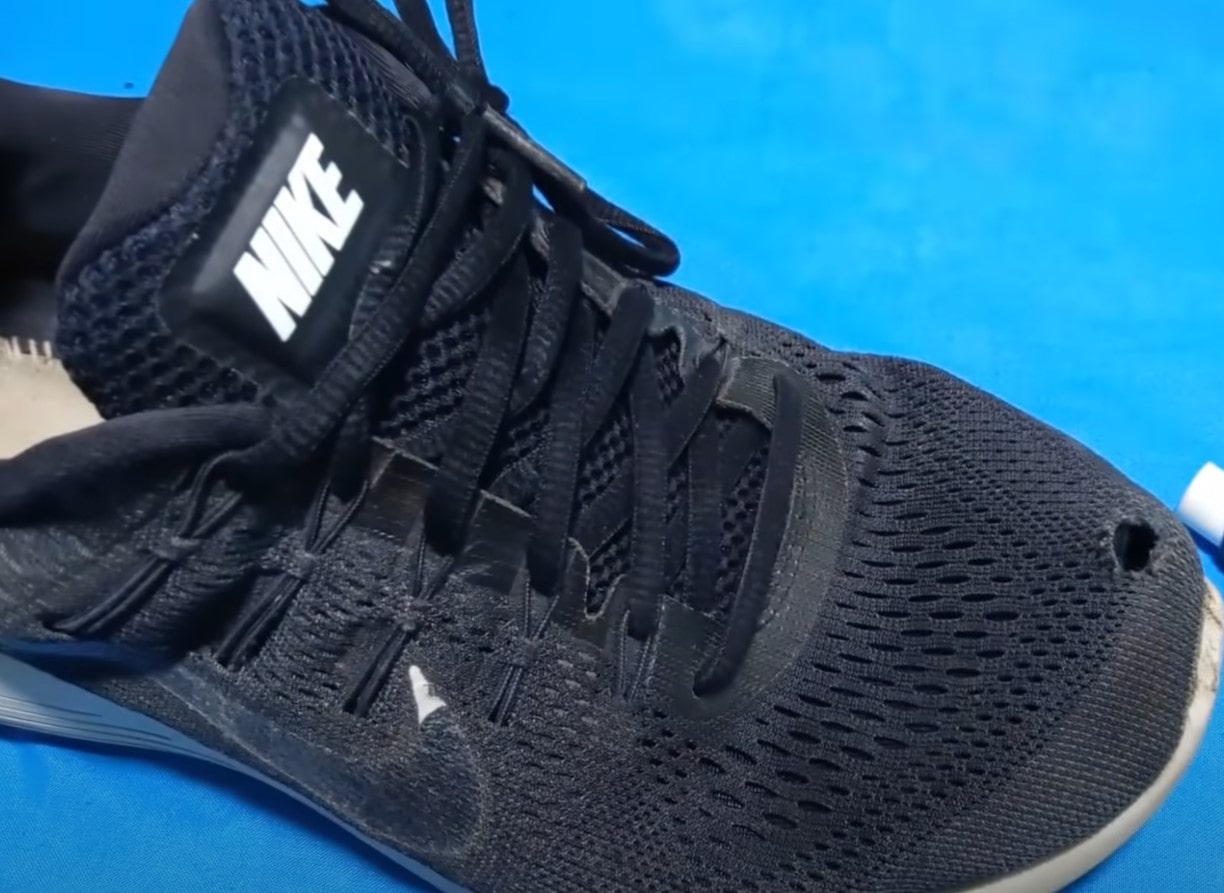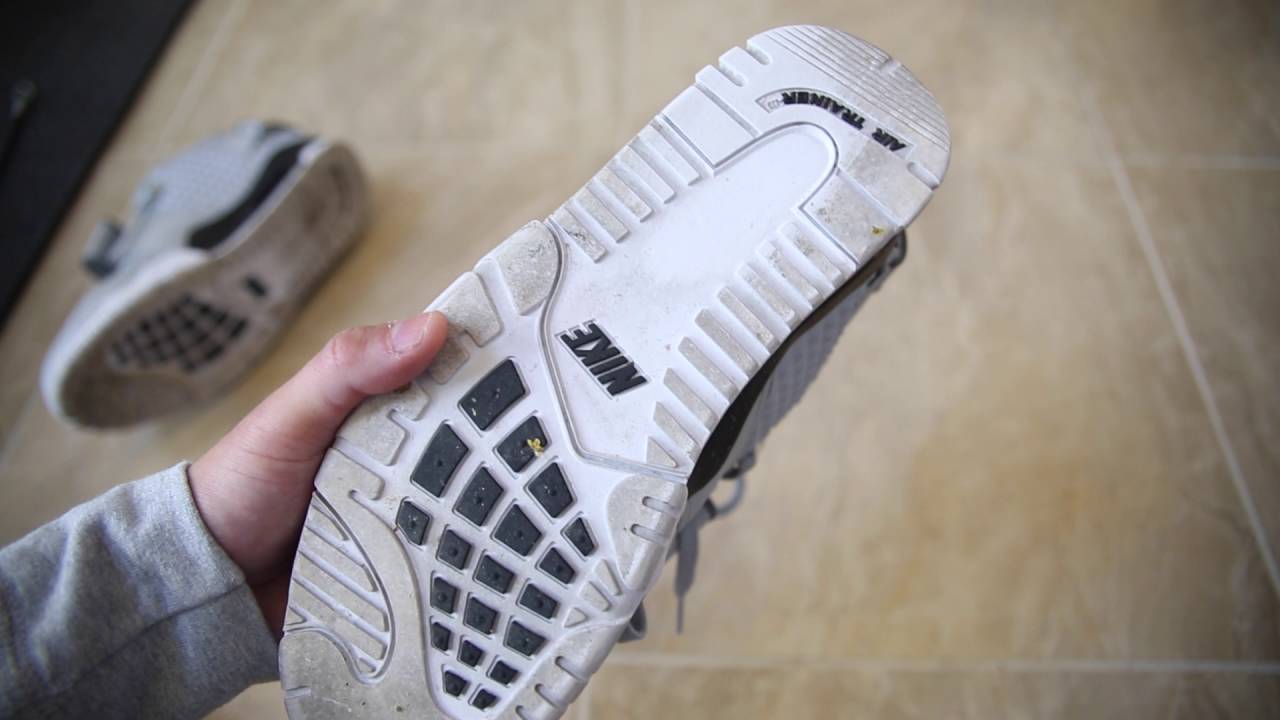

Featured
How To Clean Rubber On Running Shoes
Published: August 12, 2023
Learn how to clean rubber on your running shoes with our featured guide. Keep your shoes looking fresh and improve their longevity.
Introduction
Running shoes are an essential piece of equipment for any runner. Not only do they provide support and comfort, but they also need proper maintenance to ensure their longevity. One key component of running shoes that requires regular cleaning is the rubber soles.
Rubber soles are prone to accumulating dirt, mud, and grime from the ground, impacting their performance and grip. Neglecting to clean the rubber soles can result in a decrease in traction, which can increase the risk of slips and falls during a run. Additionally, a build-up of dirt and debris can also affect the overall aesthetic appeal of your running shoes.
Fortunately, cleaning the rubber soles of your running shoes is a relatively simple process that can be done at home using common household materials. In this article, we will guide you through the step-by-step process of cleaning the rubber on your running shoes to ensure that they remain in optimal condition for your next run.
Materials Needed
Before you begin cleaning the rubber on your running shoes, gather the following materials:
- Warm water: You will need warm water to create a cleaning solution and rinse off the dirt and cleaning products.
- Mild detergent or soap: Use a gentle detergent or soap that is suitable for cleaning delicate materials. Avoid using harsh chemicals or bleach.
- Soft-bristled brush: Choose a brush with soft bristles to prevent scratching or damaging the rubber soles of your shoes.
- Old toothbrush: An old toothbrush can come in handy for tackling stubborn stains or hard-to-reach areas.
- Microfiber cloth or sponge: These will be used to wipe away dirt and excess moisture from the rubber soles.
- Baking soda (optional): If your rubber soles have strong odors, you can include baking soda as an additional deodorizing agent.
With these materials, you’ll be well-equipped to effectively clean and maintain the rubber soles of your running shoes. Now, let’s move on to the step-by-step process of cleaning the rubber on your running shoes.
Step 1: Remove Loose Dirt and Debris
The first step in cleaning the rubber on your running shoes is to remove any loose dirt and debris from the soles. This will make the subsequent cleaning process more effective and prevent the dirt from spreading further.
Start by tapping the shoes together or gently knocking them against a hard surface. This will help dislodge any loose dirt or debris stuck on the rubber soles. You can also use a soft-bristled brush or an old toothbrush to brush away the dirt from the grooves or tread patterns of the soles.
After removing the loose dirt, use a damp microfiber cloth or sponge to wipe the rubber soles and remove any remaining dirt particles. Be gentle during this process to avoid damaging the rubber or other parts of the shoe. If necessary, you can also rinse the shoes under running water to get rid of stubborn dirt.
Once you’ve ensured that the rubber soles are free from loose dirt and debris, it’s time to move on to the next step: preparing the cleaning solution.
Step 2: Prepare the Cleaning Solution
After removing loose dirt and debris from the rubber soles of your running shoes, it’s time to prepare a cleaning solution. The cleaning solution will help to break down grime and eliminate any stubborn stains on the rubber.
To prepare the cleaning solution, start by filling a basin or sink with warm water. Ensure that the water is not too hot, as this can damage the rubber material. Then, add a small amount of mild detergent or soap to the warm water and mix it well until it forms a soapy solution.
It’s important to use a mild detergent or soap that is suitable for cleaning delicate materials. Avoid using harsh chemicals or bleach, as these can damage the rubber and affect its longevity.
For an extra boost in cleaning power and deodorization, you can also add a tablespoon of baking soda to the soapy solution. Baking soda is known for its ability to absorb odors and can help eliminate any lingering smells from your running shoes.
Once you have prepared the cleaning solution, it’s time to move on to the next step: cleaning the rubber soles of your running shoes.
Step 3: Clean the Rubber Soles
With the cleaning solution ready, it’s time to clean the rubber soles of your running shoes. This step will help remove any stains and grime that are deeply embedded in the rubber.
Dip a soft-bristled brush or an old toothbrush into the soapy solution, ensuring that the bristles are saturated with the cleaning solution. Gently scrub the rubber soles in circular motions, paying close attention to any areas with visible stains or dirt buildup.
Continue scrubbing until you have covered the entire surface area of the rubber soles. Be careful not to apply too much pressure or scrub aggressively, as this can potentially damage the rubber material.
If necessary, you can also use an old toothbrush to reach into the grooves and tread patterns of the soles, ensuring that every nook and cranny is thoroughly cleaned.
As you scrub, you may notice that the soapy solution becomes dirty. If this happens, rinse the brush or toothbrush in clean water and reload it with more of the cleaning solution as needed.
After you have thoroughly scrubbed the rubber soles, take a damp microfiber cloth or sponge and wipe away the soapy residue and any loosened dirt. Rinse the cloth or sponge frequently to ensure that you are wiping the soles clean.
Once you are satisfied with the cleanliness of the rubber soles, it’s time to tackle any stubborn stains that may still be present.
Step 4: Scrub Stubborn Stains
While cleaning the rubber soles of your running shoes, you may come across stubborn stains that require a bit of extra effort to remove. In this step, we will guide you through the process of tackling those persistent stains.
If there are particularly stubborn stains on the rubber soles, use the cleaning solution and a soft-bristled brush or old toothbrush to focus on those areas. Apply a small amount of the cleaning solution directly to the stained area and gently scrub in a circular motion. Be patient and persistent, as it may take a few attempts to fully remove the stain.
If the stain persists, you can try using a specialized rubber cleaner or a paste made from baking soda and water. Apply the cleaner or paste to the stain, let it sit for a few minutes, and then scrub with a brush or toothbrush. Rinse the area with clean water to remove any residue.
Remember to always test any cleaning products or methods on a small, inconspicuous area of the rubber sole first to ensure they do not cause any damage or discoloration.
After scrubbing the stubborn stains, give the rubber soles a final wipe with a damp microfiber cloth or sponge to remove any remaining cleaning solution or residue.
Now that your running shoe’s rubber soles are sparkling clean, it’s time to rinse them off and ensure they are completely dry before your next run.
Step 5: Rinse and Dry the Shoes
After cleaning the rubber soles of your running shoes, it’s important to rinse off any remaining cleaning solution and ensure that the shoes are properly dried. This step will help maintain the integrity of the rubber and prevent any water damage.
Begin by rinsing the shoes under cool running water, ensuring that the water reaches all areas of the rubber soles. This will help remove any residual cleaning solution and dirt particles that may still be present.
Continue rinsing until the water runs clear and free from any soapy residue. You can also use your hands to gently massage the soles and remove any remaining dirt. Be careful not to splash water onto other parts of the shoe, especially if they are not water-resistant.
Once the shoes are thoroughly rinsed, pat them dry with a clean towel to remove excess moisture. Avoid wringing or twisting the shoes, as this can deform the rubber and affect their shape.
Next, stuff the shoes with crumpled paper towels or newspaper to help maintain their shape and absorb any remaining moisture. Leave the shoes in a well-ventilated area at room temperature to air dry. Avoid placing them in direct sunlight or using heat sources like a hairdryer, as excessive heat can damage the rubber material.
Check the shoes periodically to ensure they are drying evenly. Depending on the climate and humidity levels, it may take anywhere from several hours to overnight for the shoes to fully dry. To speed up the drying process, you can replace the paper towels or newspaper if they become saturated with moisture.
Once the shoes are completely dry, remove the paper towels or newspaper and give the rubber soles a final inspection. They should look clean, refreshed, and ready for your next run.
Now that your running shoes are clean and dry, it’s important to maintain the rubber soles to prolong their lifespan and keep them in optimal condition.
Step 6: Maintain the Rubber Soles
Proper maintenance of your running shoe’s rubber soles is essential to prolong their lifespan and ensure optimal performance. By following these maintenance tips, you can keep the rubber in good condition and extend the life of your running shoes.
Firstly, after each run, take a few moments to remove any excess dirt or debris from the rubber soles. This can be done by tapping the shoes together or using a soft brush. This simple step will prevent the accumulation of dirt and make future cleaning easier.
Additionally, avoid exposing your running shoes to excessive moisture or extreme heat. Both can cause damage to the rubber material. If your shoes get wet, allow them to air dry naturally and completely before wearing them again.
Furthermore, it’s important to store your running shoes properly. Keep them in a cool, dry place away from direct sunlight or harsh elements that could cause the rubber to degrade. Using a shoe tree or stuffing the shoes with paper can help maintain their shape and prevent the soles from flattening over time.
Regular inspections are also crucial in maintaining the rubber soles. Check for any signs of wear and tear, such as cracks or deterioration. If you notice any significant damage, it may be time to consider replacing the shoes or consulting a professional for repair.
Finally, consider using a protective spray or treatment designed specifically for rubber soles. These products can help repel dirt and stains, making future cleaning easier and preventing damage to the rubber.
By implementing these maintenance techniques, you can keep your running shoes in excellent condition and prolong the life of the rubber soles. Not only will this ensure optimal performance but it will also save you money in the long run by reducing the need for frequent replacement.
Now that you have learned how to clean and maintain the rubber soles of your running shoes, you are ready to hit the pavement with confidence and style. Enjoy your runs knowing that your shoes are clean, comfortable, and ready to perform at their best.
Conclusion
Maintaining clean and well-maintained rubber soles on your running shoes is crucial for both performance and longevity. By following the step-by-step guide outlined in this article, you can effectively clean your rubber soles and keep them in optimal condition.
Remember to start by removing loose dirt and debris, then prepare a cleaning solution using mild detergent or soap. Thoroughly clean the rubber soles, paying attention to stubborn stains and using a soft-bristled brush or old toothbrush. Rinse off any remaining cleaning solution and allow the shoes to air dry naturally. Additionally, implement regular maintenance strategies such as removing excess dirt after each run and properly storing the shoes.
By taking proper care of your running shoe’s rubber soles, you can enhance their grip and traction, which in turn improves your overall running experience and reduces the risk of injury. Additionally, maintaining the rubber soles will help extend the lifespan of your running shoes, saving you money in the long run.
So, next time your running shoes are in need of some TLC, remember the importance of cleaning and maintaining the rubber soles. With the knowledge and tips provided in this article, you can confidently keep your running shoes looking and performing their best, ensuring that every run is a comfortable and enjoyable experience.
Now, lace up your freshly cleaned running shoes, hit the road, and enjoy your runs to the fullest!
